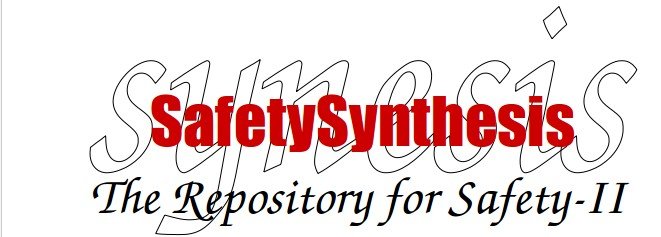(c) Erik Hollnagel, 2020
Kindynophobia / Cindynophobia
Noun: fear of risk. From Greek kindynos (κίνδυνος) ‘risk’ + phobia
The fear of the risk associated with some phenomenon (a threat, an unknown development) rather than the fear of the phenomenon itself. A current example (March 2020) is the fear of the consequences of a Covid-19 pandemic rather than the fear of a Covid-19 infection as such.
Kindynophobia may lead to opportunistic responses by individuals as well as organisations or even nations, where the face validity (symbolic value) of the response possibly may be greater than the content validity (actual value).
"(T)he only thing we have to fear is ... fear itself"
(F. D. Roosevelt Inaugural Address, 1932)
Kindynophobia is related to the French term Cindynique, meaning the science of risk, which was proposed in 1987, cf., https://fr.wikipedia.org/wiki/Cindynique.
The meaning and potential use of this and similar terms has also been discussed in 2012 at
https://www.translatum.gr/forum/index.php?topic=338025.0
March 13, 2020
